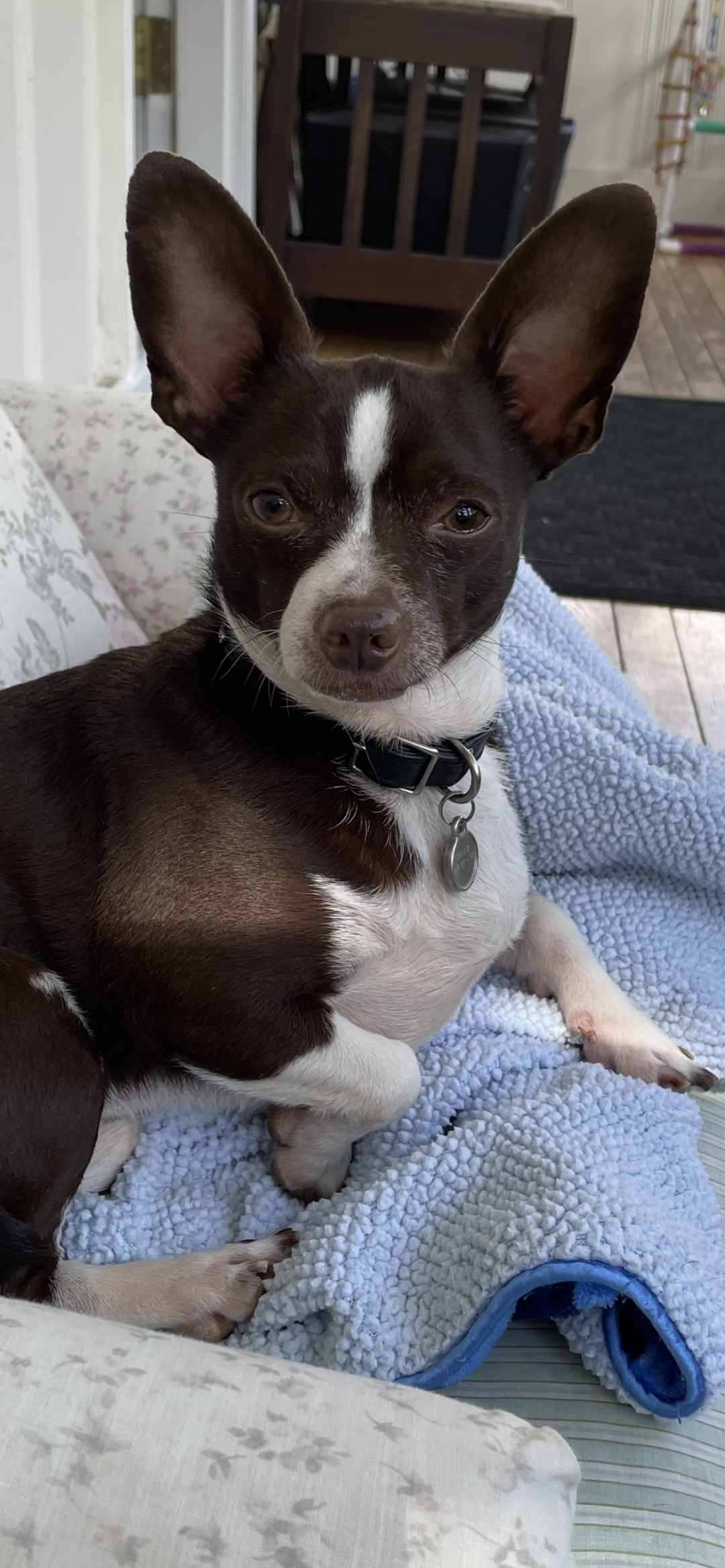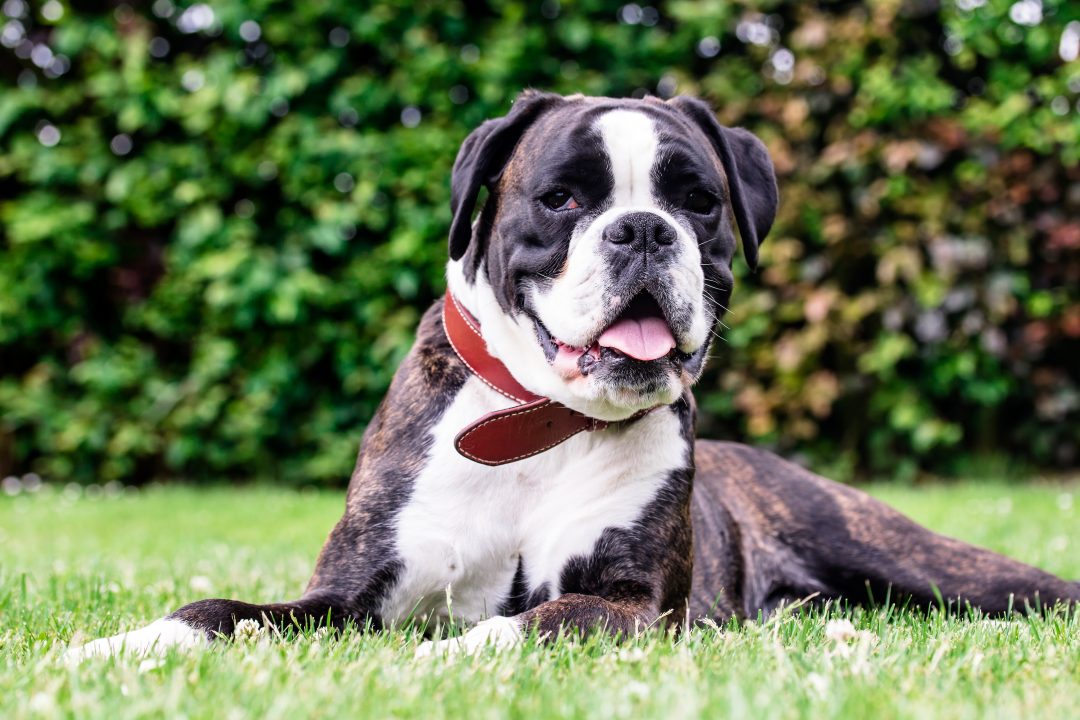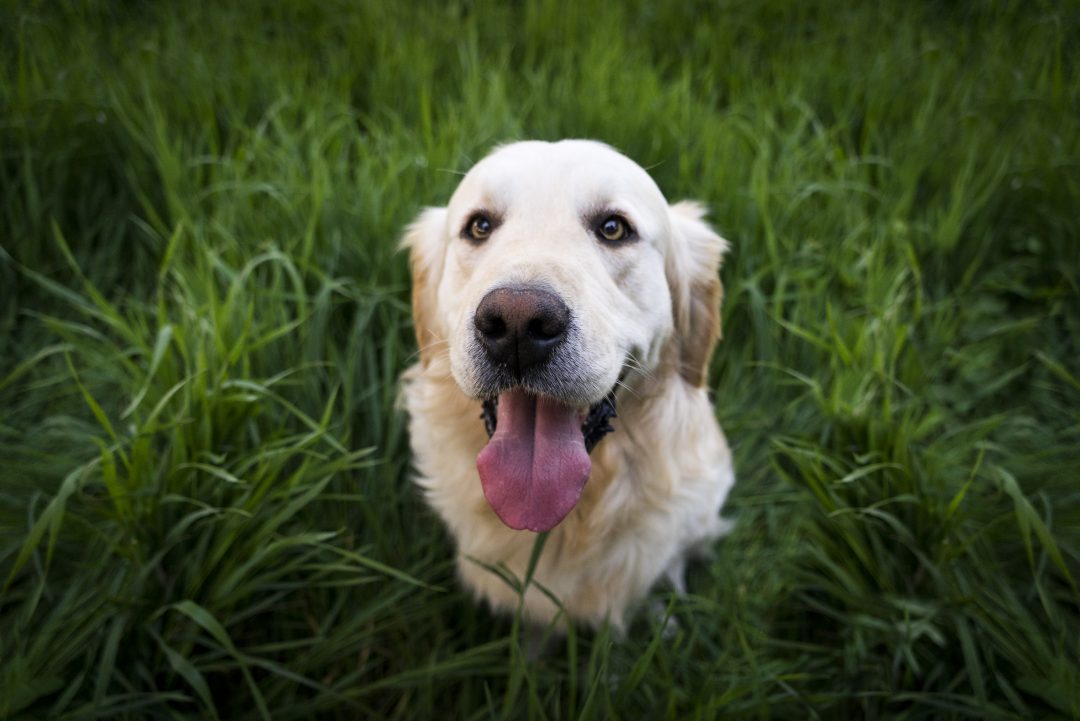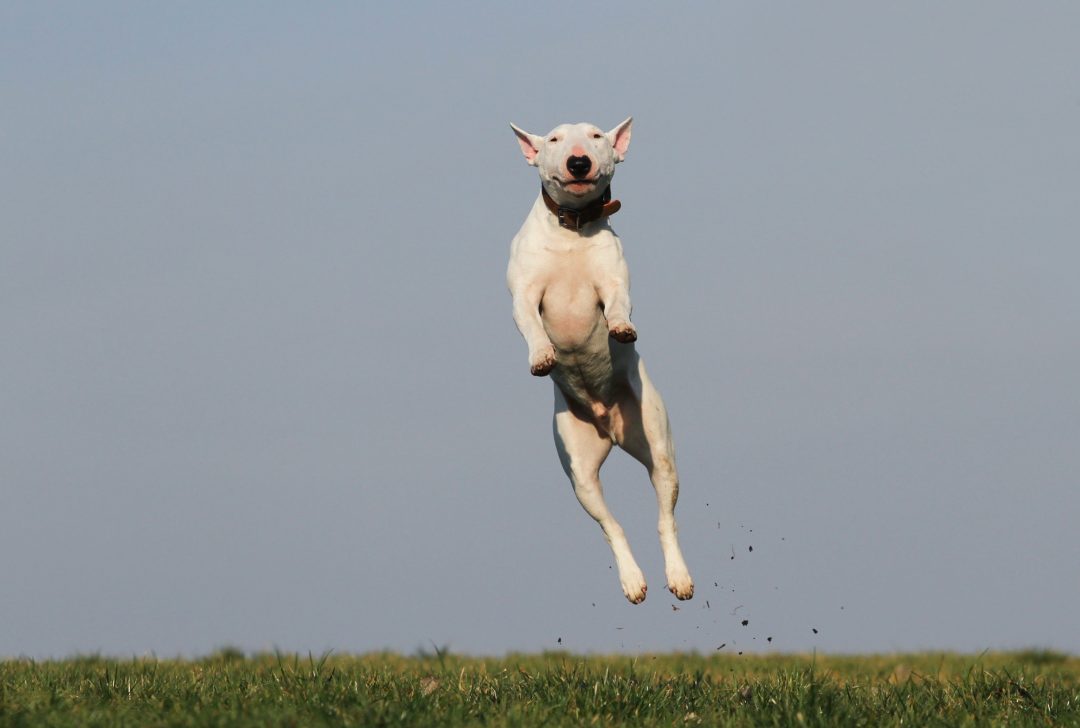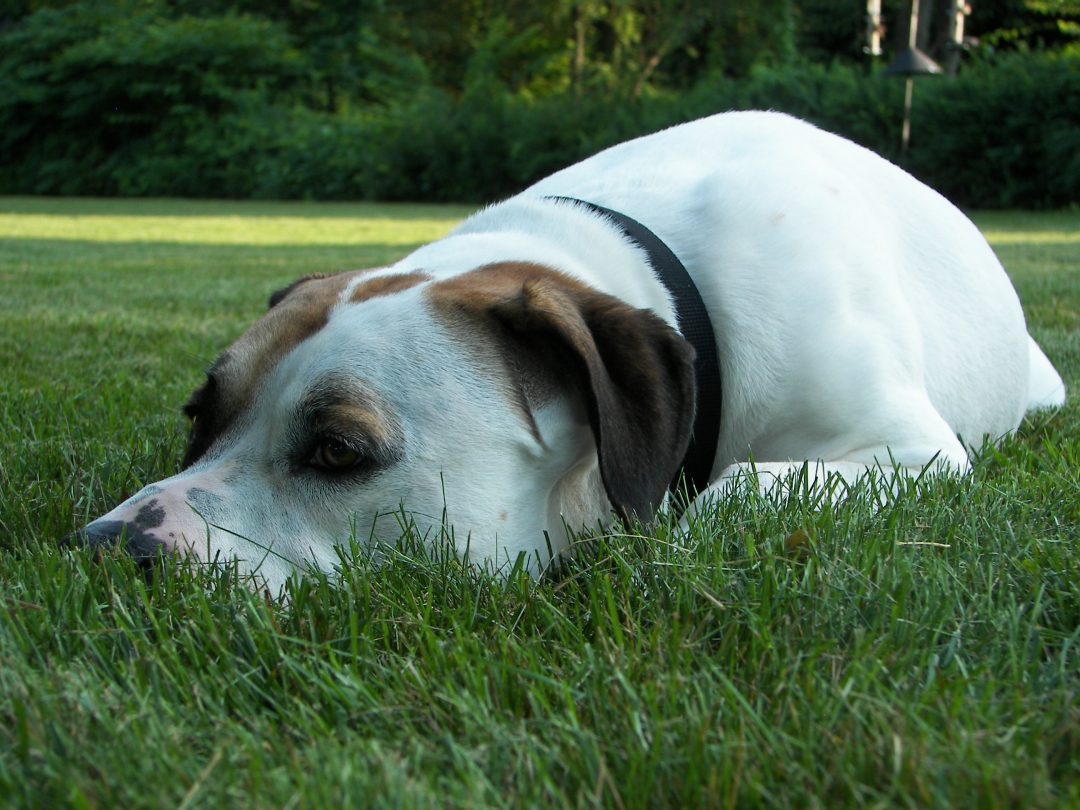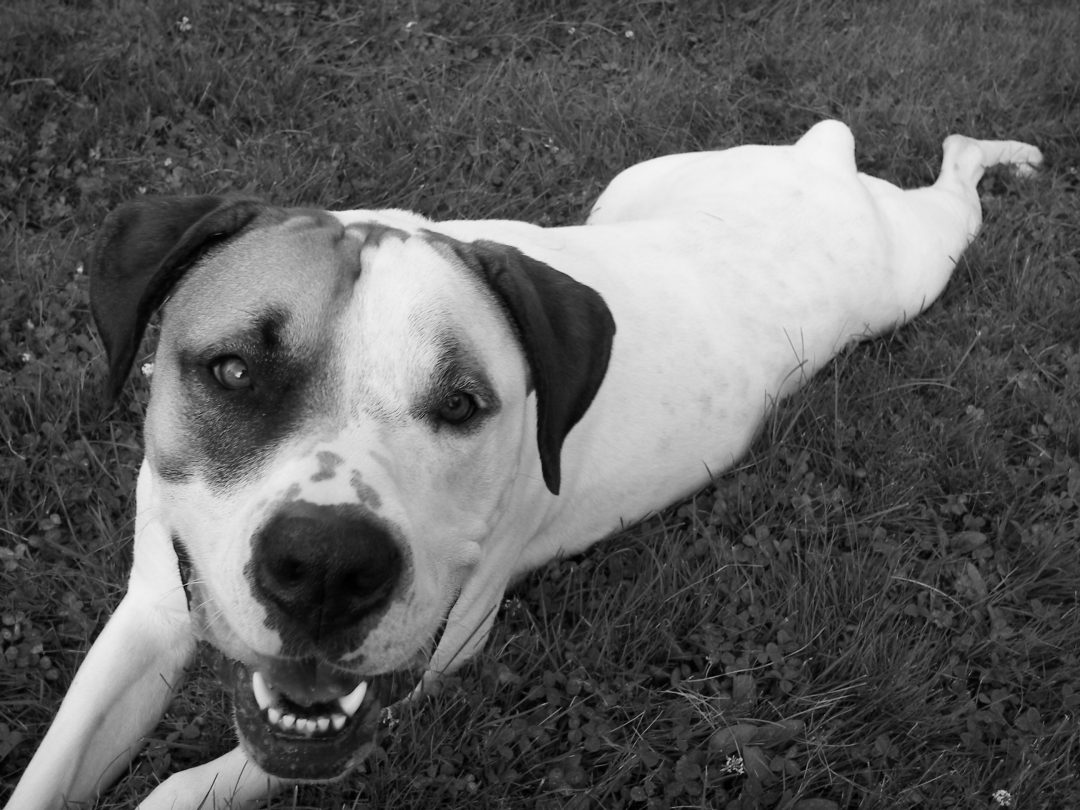Clicker training is a fun and effective way to teach obedience exercises, solve behavior problems and even teach tricks!
Clicker training has been used with marine mammals for years and is a clear, effective way to communicate with your dog. A clicker is a small plastic box with a metal tab that makes a clicking sound when pressed. That click is a clear, consistent marker to let your dog know the moment he is doing exactly what you want.
Why would a dog care that you CLICK?
Each click is followed by a treat! When a dog learns that a click equals treats, they will try to recreate what they just did to make you (the human) “click”. See, the click is the “aha! moment”. Since the click is faster and consistent than the human word, the dog will learn the behavior that you are trying to teach much more quickly.
Things to remember when using this clicker:
– The clicker is not a remote control. Please do not point the clicker at your dog! It doesn’t work that way.
– Timing is so important. If you clicked wrong, you still have to treat. You can fix that oops moment on the next click.
– Keep your training sessions very short, like 5 minutes.
– Teach only one behavior at a time.
– If you are trying to teach two or more dogs, teach each dog individually first. Once each dog has mastered the behavior, then up the level of distraction to a group session.
For more information on clicker training, you can hit the web, go to your local library or search for a dog trainer that focuses on positive reinforcement and clicker training.
Here are some other links and books for your reference below:
Clicker Basics for Dogs and Puppies by Carolyn Barney, KPA-CTP, CNWI
http://carolynbarney.com/index.php?id=50
Getting Started, Clicker Training for Dogs by Karen Pryor
http://www.clickertraining.com/whatis

